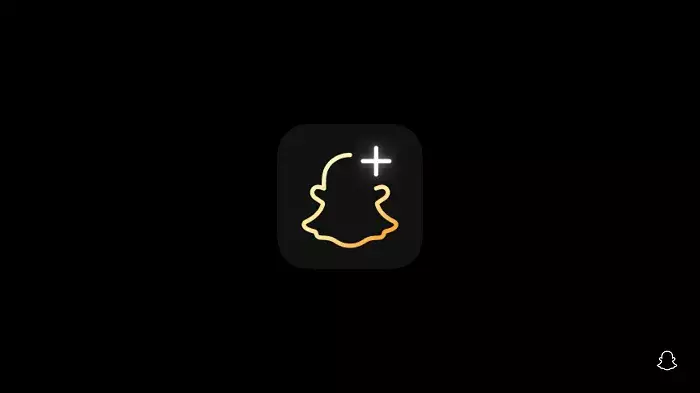Snapchat has recently introduced an upgraded version of its subscription service, Snapchat+, revealing a strategic move that highlights significant changes in how social media platforms are adapting to user preferences and regulatory environments regarding advertising. This new offering, dubbed the “Platinum” version of Snapchat+, allows users the tantalizing prospect of a completely ad-free experience—or so it claims. However, the implementation details and potential implications for users and the platform itself raise several crucial points for analysis.
As reported by industry insiders, Snapchat’s Platinum plan represents a major shift in their approach to ad monetization. This new subscription tier comes at an elevated price, purportedly more than double that of the standard Snapchat+ offering. For example, if your usual subscription cost is around AUD 10, the new Platinum version pushes this figure into the realm of AUD 25. While users might expect various perks for this premium price point, the primary incentive highlighted by Snapchat is the complete elimination of sponsored snaps, story ads, and lens ads from the experience.
Despite this promise of a cleaner interface, it’s essential to note that certain ads could still infiltrate the user experience. Sponsored places and ads within My AI responses remain part of the offering, indicating that while users can escape some forms of advertising, they are not entirely free from commercial interruptions. This selective ad removal raises questions about the true value of the Platinum plan.
The introduction of Snapchat’s ad-free subscription may not be entirely coincidental. It seems to echo another notable case in the industry, that of Meta (formerly Facebook), which has been grappling with EU regulations on targeted advertising. In 2023, Meta initiated an ad-free subscription service aimed at European users in response to stringent GDPR measures designed to protect consumer data and privacy.
However, Meta’s plan has faced criticism regarding its implications for data protection, and it remains entangled in legal challenges aimed at upholding the integrity of the GDPR framework. This raises the interesting possibility that Snapchat may be treading cautiously in how it presents its own Platinum subscription, as they await the final outcomes of Meta’s initiatives and the broader regulatory landscape. The lack of aggressive promotional activities for the Platinum plan might indicate a strategy of observing the market response to Meta’s subscription model before fully committing to widespread marketing.
One of the most intriguing components of Snap’s new offering lies in the financial dynamics at play. The success of the Platinum plan hinges on whether users are willing to pay a substantially higher fee for an ad-free experience, especially given that many consumers typically exhibit sticker shock when faced with increased charges. There’s speculation that the higher pricing might still cover the revenue loss incurred by eliminating ads, as the average revenue generated per user is ostensibly lower than the proposed subscription fee.
However, if a significant number of subscribers opted for the Platinum plan, it could simultaneously hurt Snapchat’s advertising revenue, given that the bulk of its business model relies on selling advertising space. The potential dilemma Snapchat faces is one of balancing enhanced user experience against the long-term viability of their primary revenue stream.
While the Platinum plan may provide an appealing alternative for a segment of users keen on avoiding ads, whether this appeal will translate into actual subscriptions remains an open question. Current subscriber rates for Snapchat+ hover around 12 million, and it stands to reason that converting a sizable percentage of these users to a more expensive plan may prove challenging.
Moreover, the overall trend toward ad-free experiences in digital platforms cannot be ignored. As users become more accustomed to premium choices across multiple services, Snapchat may find itself at a crossroad—balancing user expectations with its operational realities. Will a significant number of Snapchatters embrace the Platinum plan, or will it fizzle out as just another example of a premium offering that fails to meet market enthusiasm? The answer remains uncertain, but the introduction of this plan undoubtedly invites further exploration of the evolving landscape of social media monetization strategies.
Ultimately, Snapchat’s Platinum subscription seems to be a curious case study in user engagement, revenue adaptation, and regulatory influence, setting the stage for potential shifts in how we interact with digital advertising moving forward.


Leave a Reply